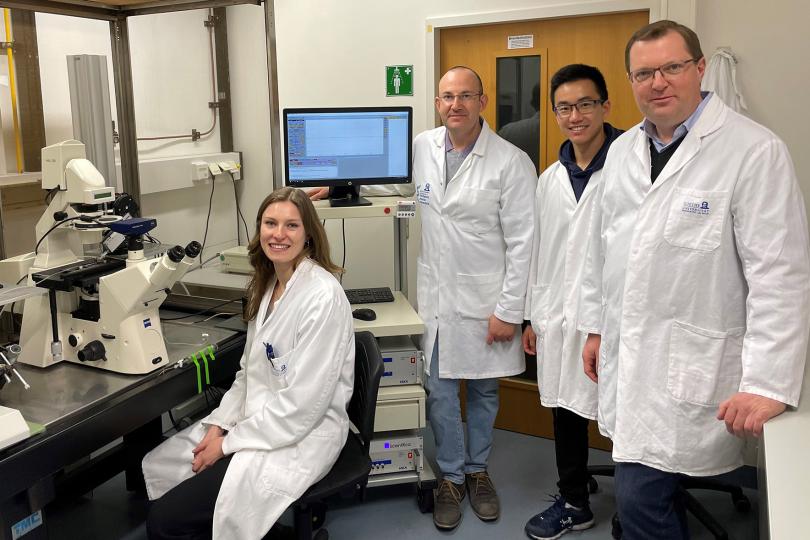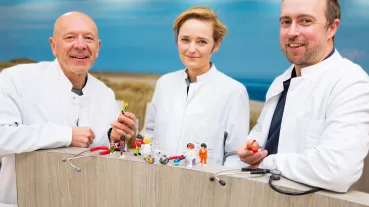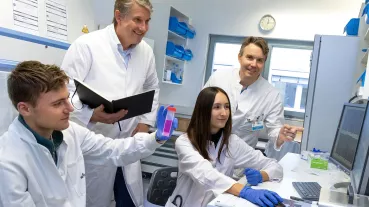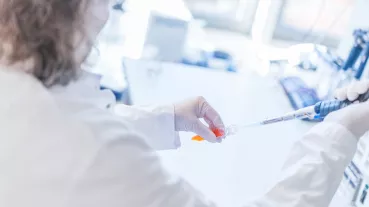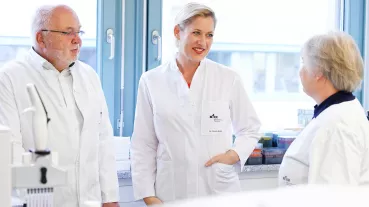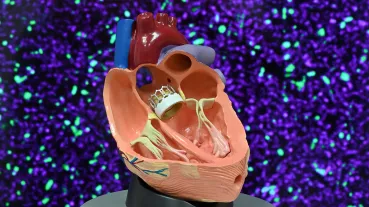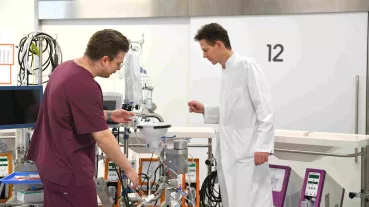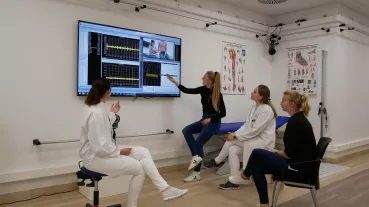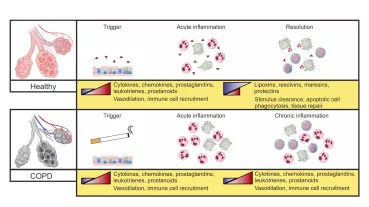Preclinical development of a new Slack activator for treatment of histamine-independent and chronic itch
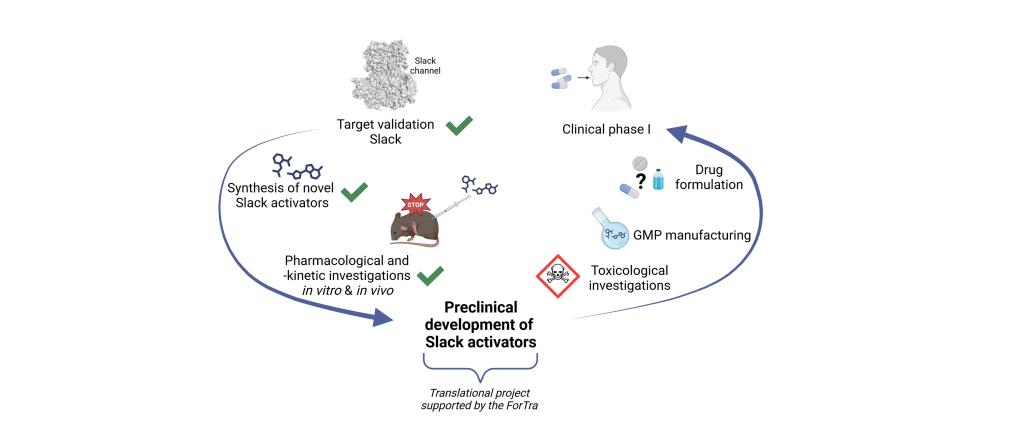
Pruritus (itching) is an unpleasant sensation that evokes the desire to scratch. Similar to acute pain, acute pruritus serves as an important protective mechanism to recognize potentially harmful stimuli. However, chronic pruritus (i.e. persisting for more than 6 weeks) usually has no useful function and can cause great suffering to patients.
Chronic pruritus is a common symptom that accompanies various skin diseases, systemic diseases such as chronic kidney or liver disease, psychiatric disorders, and neuropathies. About one third of dermatologic patients and almost 15% of the general population suffer from chronic pruritus. As most types of chronic pruritus are histamine-independent and therefore resistant to antihistamines, there is an urgent need to develop new treatment strategies.
In preliminary work on this project, the researchers were able to identify the potassium channel Slack as a new target for antipruritic drugs. Slack is localized in the neurons of the peripheral nervous system that detect itching. A newly developed activator of the Slack potassium channel showed pronounced antipruritic efficacy in various preclinical models of itch, without any obvious side effects.
The translational project funded by ForTra aims to continue the preclinical development of the Slack activator in order to validate this innovative approach for the treatment of refractory pruritus in patients. The aim is to obtain comprehensive information on the safety and efficacy of this therapeutic approach in pharmacological, pharmacokinetic and toxicological studies in order to be able to conduct a clinical phase I study in the long term.
Here you can find further information.
